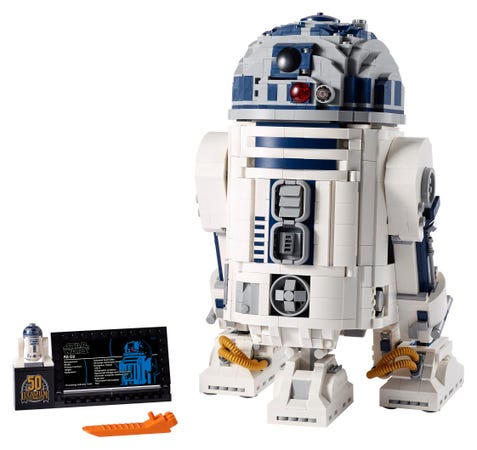New Bright (1:6) Hot Wheels Tiger Shark Battery RC Monster Truck, 61222-4G
4 Wheel Drive. Lightweight Awesome Performance. Full Function Radio Control. Forward/Reverse Driving. Left/Right Steering. 2.4GHz Technology. Longer Range. Faster Response. Internal Antenna.
The New Bright 1:6 Scale Hot Wheels Tiger Shark is one Monster of a Truck! Not only is it HUGE (23 inches long), it has full function radio control and 4 wheel drive for ultimate control. Fully licensed body style and graphics is just like the real thing – makes a perfect gift for Monster Truck fans! The included game-style controller is easy to master and will have your child experiencing the thrill of the arena. Oversized EEP foam tires reduce overall vehicle weight and have outstanding performance and durability. The Hot Wheels Tiger Shark has an internal USB-rechargable battery using all new Smart Charge technology. Just plug the included cable into any powered USB port and you are ready to conquer the trail again and again! Ready to run, all required batteries included.
- 4 Wheel Drive
- Lightweight Awesome Performance
- Full Function Radio Control
- Forward/Reverse Driving
- Left/Right Steering
- 2.4GHz Technology
- Longer Range
- Faster Response
- Internal Antenna
- All Batteries Included
- Internal Battery Charges Using USB port
- USB Cable Included
- 2 Hour Charge Time
Additional information
| Manufacturer Part Number | 60660WU |
|---|---|
| Assembled Product Weight | 4.4 lb |






by Momin
I can’t say too much because this is a gift for Christmas for my son. He really likes larger trucks so I hope he really enjoys it.
by Zakman
A lot larger than I thought it would be, love it. Got for my great grandson for Christmas, so not used yet.
by Nancy
It’s huge. My grandson will love it for Christmas.
by Leon
Much more torque and faster than I expected. Great Toy; not in the league with gas powered hobby cars.